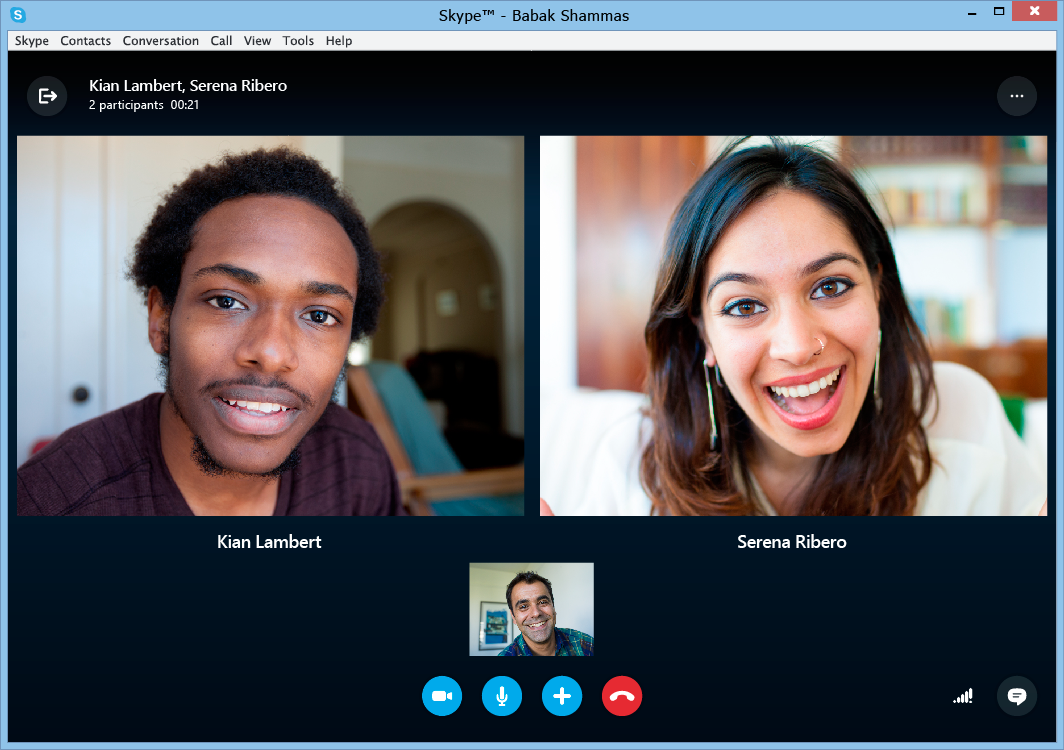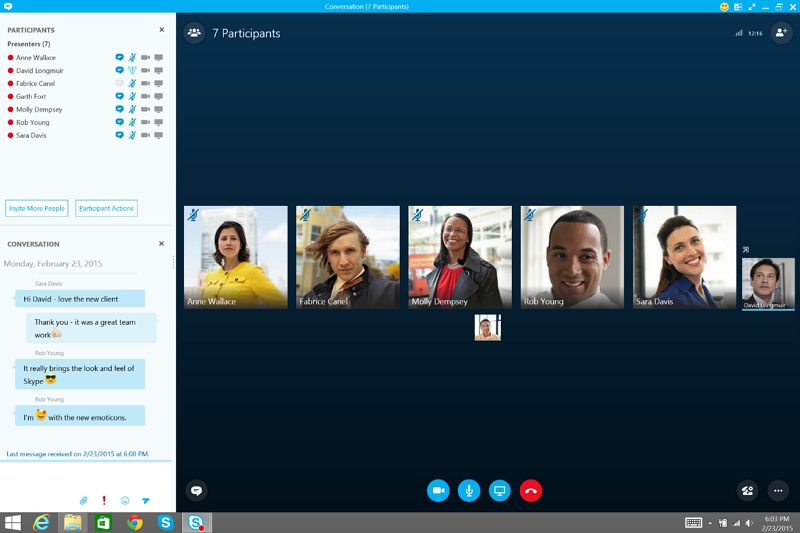
The same year Microsoft announced that Skype would become the main Microsoft messaging service, eliminating its proprietary Messenger service.

By 2012 Microsoft's (NASDAQ:MSFT) Skype unit grows its international traffic by 44 percent in the year, more than twice the volume growth achieved by all the phone companies in the world combined. In 2011 Skype is acquired by Microsoft for US$8.5 billion.

The service launches a video calling app for the iPhone, iPad, and iPod Touch so their owners can make free Skype-to-Skype videocalls wherever they are. By 2009, 70% of Skype is sold to a consortium of Silver Lake Partners, Canada Pension Plan Investment Board, Andreessen Horowitz, and Joltid (owned by the original Skype founders). However, by 2008 eBay became increasingly disenchanted with their investment on Skype, losing millions of dollars. In 2007 Skype generated $382 million in revenues and claimed to have 276 million users. As of 2006, the service is still a PC-only phenomenon. In 2006 video calling service is born, with Skype among the pioneering platforms. In 2005 Skype is sold to eBay for US$2.6 billion. It came with a scrambler for “top-secret deals” and, as this video suggests, even the simplest of secretaries can handle the link-up to enable directors to confer together.Skype is founded, early introducing audio conference calling. It was called Confravision and it connected London, Bristow, Birmingham, Glasgow, and Manchester, then later connected the UK and Sweden.

Meanwhile in 1971, in the UK, a visual collaboration system was launched by the British Post Office. I’m not sure how successful she was though.

The PicturePhone did, however, facilitate Keum Ja Kim though, a 15-year-old soloist with the World Vision Orphan Choir, to audition for Robert Merrill, a star with the Metropolitan Opera in 1965. Probably because of the cost -$160 per month for each end point, that’s almost $1000 a month in today’s money (or £755 to us Brits) so most domestic households and businesses could not afford it. By the end of the 70’s it became clear that despite all the marketing efforts made, the PicturePhone was doomed. Unfortunately for AT&T it wasn’t exactly an instant hit. A monumental landmark in Video Conferencing, the AT&T presented the PicturePhone at the World Fair in New York in 1964. Fast forward a mere 37 years and you get the real deal.


 0 kommentar(er)
0 kommentar(er)
